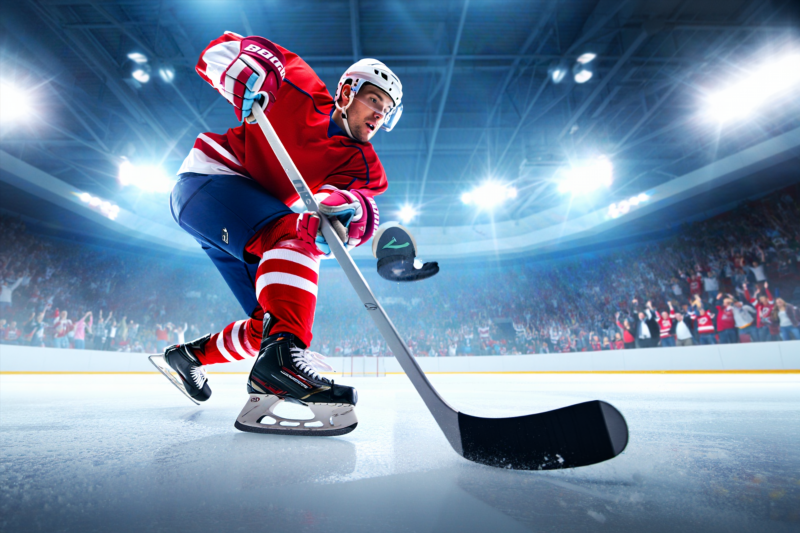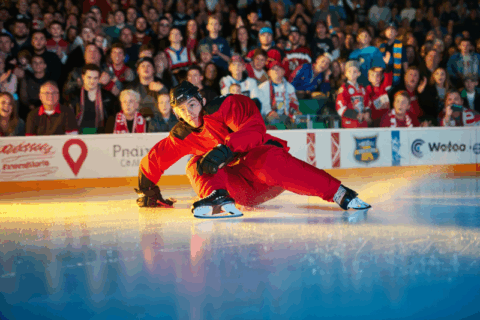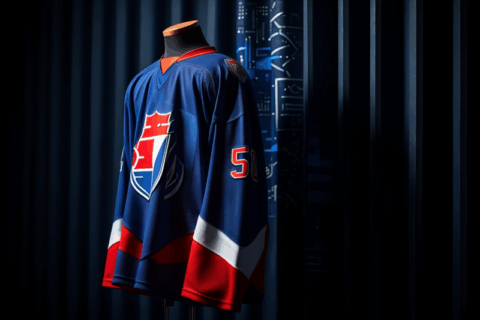In the fast-paced world of modern hockey and ice culture, few elements are as captivating as the breathtaking moments frozen in time through a camera lens. From electrifying goal celebrations to intense face-offs, sports photography reveals the raw emotion, speed, and strength that define the game. This article takes you behind the lens with an experienced sports photographer, sharing exclusive insights, techniques, and stories about capturing dynamic athletic action. Whether you’re an aspiring photographer or a passionate fan wanting to understand the art better, this exploration will elevate your appreciation of sports imagery.
The Art of Sports Photography: Beyond the Action
Sports photography isn’t just about snapping pictures; it’s about storytelling. It requires a keen eye for detail, timing, and an understanding of the game’s rhythm. When captured correctly, a photograph can evoke emotion, preserve a historic moment, and celebrate the athletic spirit.
Capturing the Peak of Action
One of the core skills is timing — knowing precisely when to press the shutter. The ideal shot often happens in a split second: a puck hitting the net, a player soaring through the air, or teammates celebrating a victorious goal.
- Use Continuous Shooting Mode: This allows capturing multiple images in quick succession, increasing the chance of snagging that perfect moment.
- Anticipate the Action: Studying players’ movements helps predict where and when the critical moment will occur.
Mastering Composition and Perspective
To elevate your sports photography, focus on unique perspectives and compositions:
- Low-angle shots: Emphasize the size and power of athletes.
- Close-ups of facial expressions: Capture raw emotion that resonates with viewers.
- Wide shots: Convey the intensity of the entire game and environment.
Technical Settings for Dynamic Sports
Fast-paced sports demand precise camera settings:
| Setting | Recommended for Sports Photos |
| Shutter Speed | 1/1000 sec or faster |
| Aperture | Wide apertures (f/2.8–4) for background blur |
| ISO | Adjust based on lighting; start at 800-1600 |
| Autofocus | Continuous autofocus (AI Servo or AF-C) |
Techniques and Tips from the Field
Our interview with a seasoned sports photographer reveals invaluable tips for capturing stunning moments.
Focus on the Details
- Pre-position yourself: Know the game’s flow and position yourself where key moments happen.
- Track the subject: Use your camera’s autofocus tracking to keep players sharp during their rapid movements.
- Utilize burst mode: To ensure you don’t miss fast action, fire in continuous burst mode.
Work with Lighting and Weather Conditions
- Jetlag or overcast days: Use higher ISO and wider apertures.
- Night games: Rely on stadium lighting; adjust camera settings accordingly to prevent blur and noise.
Practice and Patience Are Key
As with any art form, mastery comes from practice. Study games, analyze your photos, and learn from each shoot.
Exploring the Story: Why Sports Photography Matters
Beyond technical mastery, sports photography embodies the passion and emotion of the game. It celebrates the *beauty, emotion,* and *passion* of hockey and ice culture, aligning perfectly with the site’s mission. Every powerful image tells a story of dedication, perseverance, and the raw human drama unfolding on ice.
Frequently Asked Questions
Q: What equipment do I need to start sports photography? A: A DSLR or mirrorless camera with a fast autofocus system, telephoto lens (at least 200mm), and a sturdy tripod or monopod are essential. Prioritize fast-shutter speeds and good low-light performance.
Q: How do I get access to shoot professional hockey games? A: Network with event organizers, media outlets, or team press offices. Building a portfolio with sports events and demonstrating professionalism increases opportunities.
Q: Can I capture good sports photos with a smartphone? A: While smartphones can capture quick snapshots, professional sports photography requires specialized equipment for fast shutter speeds and better control.
Capturing stunning sports moments requires more than just a camera—it’s about understanding the game, anticipating action, and executing with technical precision. Through expert tips, strategic composition, and a passion for the sport, you can immortalize the art of speed and strength that defines modern hockey and ice culture. Dive into this story today, and see how behind the lens, every image tells a powerful story of passion, emotion, and athletic excellence.
Ready to elevate your sports photography? Start practicing these techniques now, and don’t forget—every shot is an opportunity to tell a story worth a thousand words.



